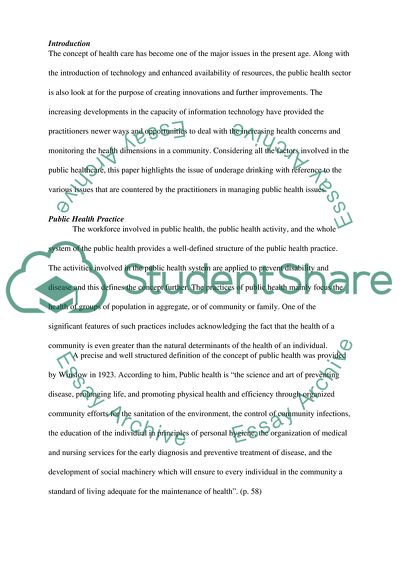Cite this document
(“Underage Drinking Research Paper Example | Topics and Well Written Essays - 3250 words”, n.d.)
Underage Drinking Research Paper Example | Topics and Well Written Essays - 3250 words. Retrieved from https://studentshare.org/health-sciences-medicine/1594273-underage-drinking
Underage Drinking Research Paper Example | Topics and Well Written Essays - 3250 words. Retrieved from https://studentshare.org/health-sciences-medicine/1594273-underage-drinking
(Underage Drinking Research Paper Example | Topics and Well Written Essays - 3250 Words)
Underage Drinking Research Paper Example | Topics and Well Written Essays - 3250 Words. https://studentshare.org/health-sciences-medicine/1594273-underage-drinking.
Underage Drinking Research Paper Example | Topics and Well Written Essays - 3250 Words. https://studentshare.org/health-sciences-medicine/1594273-underage-drinking.
“Underage Drinking Research Paper Example | Topics and Well Written Essays - 3250 Words”, n.d. https://studentshare.org/health-sciences-medicine/1594273-underage-drinking.


